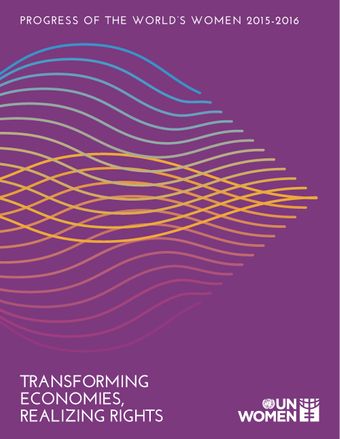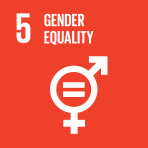Monitoring women’s economic and social rights: The role of gender statistics

- Author: United Nations Women
- Main Title: Progress of the World's Women 2015-2016 , pp 243-249
- Publication Date: December 2015
- DOI: https://doi.org/10.18356/680c1b02-en
- Language: English
Statistics and data are important tools for assessing the gender impacts and dimensions of economic and social policies. At the international level, substantive work on gender statistics can be traced back to the 1980s, following the proclamation of the United Nations Decade for Women: Equality, Development and Peace (1976–1985). Since then there have been important advances in related normative and technical standards. In 1995, the Beijing Declaration and Platform for Action included a strong call ‘for generating and disseminating gender-disaggregated data and information for planning and evaluation’. More recently, in 2013, the United Nations Statistical Commission (UNSC) endorsed a minimum set of gender indicators to serve as a guide for the compilation of gender statistics; and, in response to a request from the United Nations General Assembly, adopted a core set of nine indicators on violence against women.
© United Nations
ISBN (PDF):
9789210575096
Book DOI:
https://doi.org/10.18356/2d5f74e3-en
Related Subject(s):
Women and Gender Issues
Sustainable Development Goals:
-
From This Site
/content/books/9789210575096s009-c001dcterms_title,dcterms_subject,pub_keyword-contentType:Journal -contentType:Contributor -contentType:Concept -contentType:Institution105
/content/books/9789210575096s009-c001
dcterms_title,dcterms_subject,pub_keyword
-contentType:Journal -contentType:Contributor -contentType:Concept -contentType:Institution
10
5


